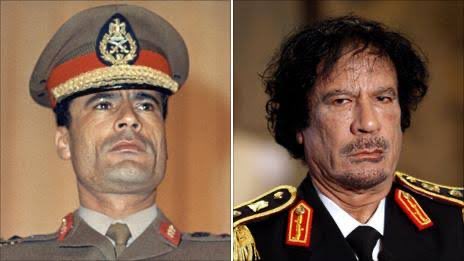The late Libyan Colonel Muammar Gaddafi is often portrayed as a Pan-Africanist whose vision for the continent was to emancipate Africa from Western economic subjugation.
Rarely are his inhuman escaped back home made known to the world.
In 1984, Sadiq Hamed Shwehdi, a Libyan college student, desperately pleaded for his life in front of the Libyan court after being accused of participating in protests against Gaddafi. Tragically, just minutes later, he faced a botched execution on the same basketball court, which was broadcasted on national television.
Sadiq Hamed Shwehdi was not just a student, but also an aeronautical engineer. He had returned from America three months prior to his execution, where he had been studying. His protests against Gaddafi’s regime began after his return, and while working as an engineer at an airport, he joined friends who were campaigning against Gaddafi.
The trial and execution were witnessed by thousands of youth, particularly high school and university students, who had been specifically bussed in for the occasion. Shwehdi was alone in the center of the stadium, with his hands bound behind his back, and wept as he confessed to his crime of joining the “stray dogs”, regime terminology for dissidents, before being sentenced to death1. He was accused of plotting to assassinate Gaddafi. The court described him as “a terrorist from the Muslim Brotherhood, an agent of America”.
As Shwehdi kicked and writhed on the gallows, Huda Ben Amer, then a young Gaddafi loyalist, stepped forward, and grabbed his legs, pulling hard on his body until the struggling stopped. Her actions brought her to the attention of Gaddafi, and she was given a government position and rapidly promoted in the ranks. She later twice became the mayor of Benghazi and one of Libya’s richest and most powerful women. Her intervention during Shwehdi’s execution earned her the nickname “Huda the executioner”.

